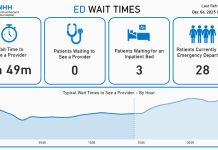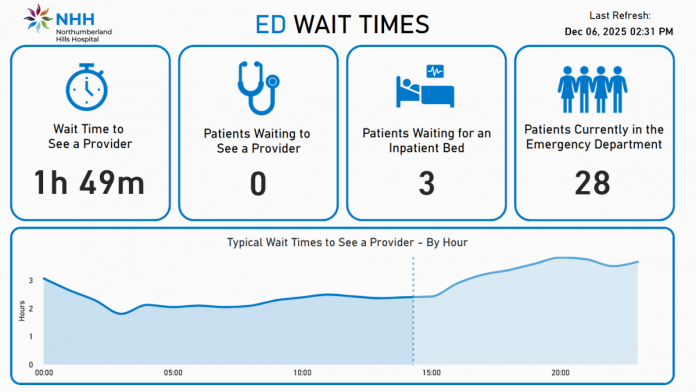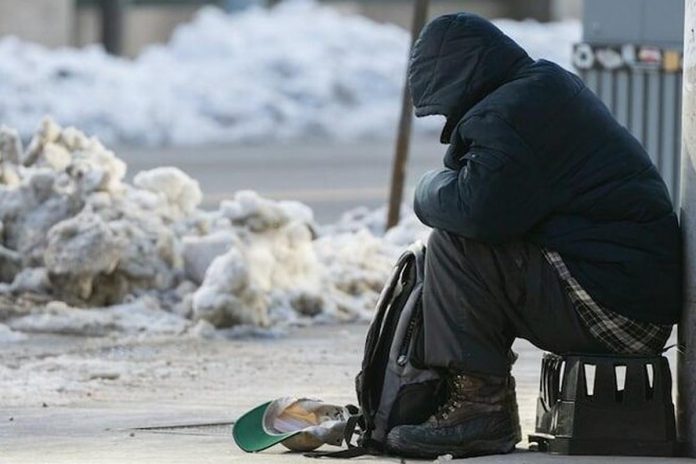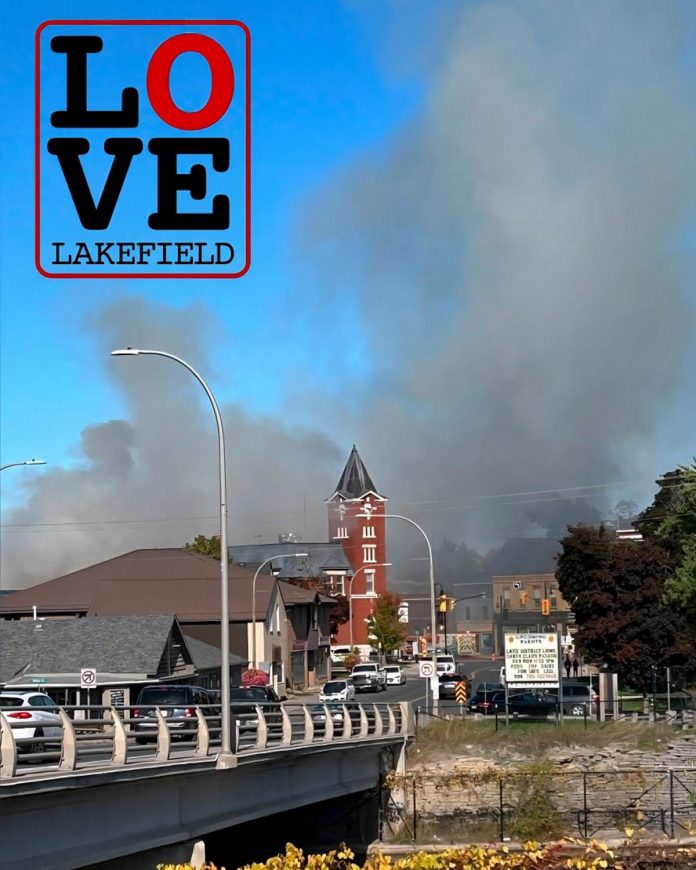For seven years, Boardwalk Board Game Lounge in downtown Peterborough has been residents the type of fun you can’t get online — the evocative, youthful kind that comes from laughing with loved ones as you take their Monopoly money or steal their Longest Road card in Catan.
It’s the kind of fun owners and brothers Dylan and Connor Reinhart spent having with their family throughout their childhood, and with friends as they grew up.
Though Connor became a certified Red Seal chef while studying in P.E.I. and Dylan worked in outdoor education, when they learned about board game cafés, they realized it would allow them to blend both their skillsets.
“We were in these different worlds when we became aware of the board game café concept while visiting a board game café in Toronto,” says Dylan. “It was a cool thing that we could do together that combined our individual skills and expertise with a hobby and passion of ours and would allow us to come back home to Peterborough.”
Though November 29 marked seven years since Boardwalk Board Game Lounge first opened its doors, the brothers has already been in the business years before. In the early stages of conceptualization, they applied for the “Win This Space” competition organized by the Peterborough Downtown Business Improvement Area (DBIA) that offered entrepreneurs the chance to win a downtown storefront rent-free for a year.
Though they didn’t end up winning the competition, as a top 10 finalist, the brothers did participate in a series of workshops organized by the DBIA and other economic development organizations like Community Futures Peterborough and the now-defunct Peterborough & Kawarthas Economic Development.
With that momentum, Dylan and Connor began hosting pop-up board game nights at local bars, cafes, and community spaces while visiting as many board game cafés as they could.

“I have a book of all my notes from what I liked and didn’t like from all these different board game cafes that I visited, as we refined our ideas around how we could do the best version,” says Dylan. “One of the things that was important to us having grown up in Peterborough is we wanted our version of a board game café to be very Peterborough.”
When they opened Boardwalk Board Game Lounge at 261 George Street North in 2018, the Reinhart brothers had about 350 board games — largely made up of their own personal collections — though have now surpassed more than 700 games. Throughout 2024, the lounge saw 7,680 visitors stepping in to play and 3,405 games played.
“What’s been really cool and took us by surprise is that we see a little bit of everything,” Dylan says. “We have folks who come in and they’re specifically there in pursuit of a nostalgic childhood classics they remember — Guess Who and Sorry and Scrabble — and those they remember that they’ve grown up with.”
“We also have folks who are coming in specifically using the board game café to test drive different board games that they think they might want to play. Especially with the state of the world right now, it’s nice to have a bit more confidence in your purchase before you buy it and know that this is a game that you like, or your partner will play with you.”
With thousands of new board games coming out every year, Boardwalk Board Game Lounge works hard to sift through to find ones that will fit the café vibe-ones that are not too long and complicated, are replayable, and are going to be enjoyed by customers. The staff love to recommend new games and help explain the rules to first timers.
“When people come in and say, ‘I love Catan but we play it a lot and I’m looking for something a bit different, what do you suggest?’ I can point them towards Ticket to Ride or Machi Koro or Rumble Nation,” says Dylan.
“It takes something that’s neat about Catan and that people like about Catan and takes it in a bit of a different direction and gives them a neat, cool adjacent but still a fresh experience.”

In addition to the growing offering of games, which include jumbo games that can be rented for special events, Boardwalk Board Game Lounge’s menu crafted by Connor has continued to evolve. The mac ‘n’ cheese and chocolate chip cookies have been mainstays on the menu since the day the board game café opened, though they have continued to be elevated over seven years.
Now with more flavours, including a rotating seasonal choice, each cookie one is baked to order. For the mac ‘n’ cheese, you can “cheese your own adventure” with toppings like bacon, jalapeno, hot dog, pulled chicken, jackfruit, and 15 other toppings. The same toppings are available for other comfort food menu items like the cheesy garlic fingers, grilled cheese, and nachos.
Adding to the familiar tastes, Boardwalk Board Game Lounge has expanded its craft brew options and also now serves up milkshakes made with Kawartha Dairy ice cream to maintain the local focus. The café additionally hosts special events like the Valentine’s Day Fancy Board Game Night where they get “a bit more fancy with our food, but still play on the scene of nostalgia and familiarity.”
“Playing board games feels like the thing you do at the cottage and the thing you do lying on the floor of your grandma’s basement, and we wanted to bring some of that kind of nostalgia to the flavours and the kind of food we’ve done, while trying our best to kick up the quality of those things and using fresh ingredients,” Dylan says.
During the past seven years, Boardwalk Board Game Lounge not only managed to make it through pandemic-era lockdowns but expanded by investing in more board games, opening up a patio, and hosting an online game night.
Dylan adds they were also “incredibly well taken care of by our landlord” and other community organizations that were supporting small businesses and continue to do so post-pandemic.
“We are so lucky to be in a community like Peterborough, where there is such a strong supportive entrepreneurial ecosystem and organizations like Community Futures and the DBIA,” he says.

When reflecting back on the last seven years and looking forward to the next seven, Dylan says one of his favourite things about owning a board game café has been being able to create experiences for people and make connections.
“It’s so rewarding to help connect people with fun and unique experiences that they might not otherwise find,” he says. “When we first opened, we wanted to give something to Peterborough that we would have really enjoyed when we were young, and it’s been incredibly rewarding seeing so many people come through our doors, come and play games with us, and getting to know those customers and having relationships and friendships with them.”
For more information about Boardwalk Board Game Lounge, visit www.boardwalkptbo.ca.












































